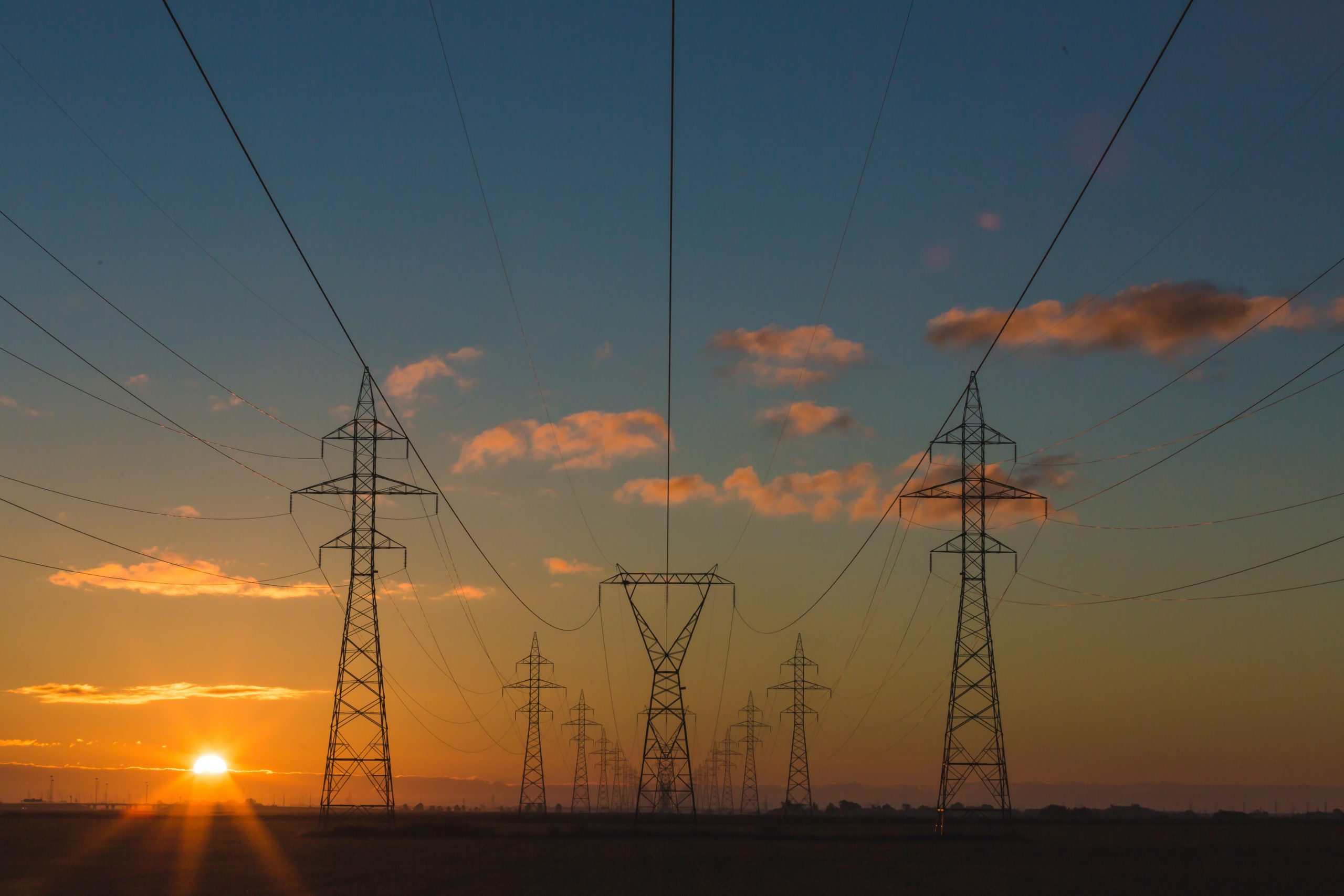by David Hackett August 4 2022 – Link here
California has big plans to reduce the use of petroleum and replace that energy with electricity. The first goal is to achieve 60% renewable energy by 2030. The next goal is to achieve 100% renewable and zero-carbon electricity while gaining carbon neutrality by 2045. In between, in 2035 the state intends to ban the sale of new internal combustion engine (ICE) vehicles, i.e., those powered by gasoline and diesel. Stillwater has recently written about the possible market implications of an ICE ban. Beyond transportation energy, the state will also replace natural gas used for power generation and heating/cooking with electricity. That transition will look something like this:

Source: “The Path to Net Zero”, A Decarbonization Roadmap for California, San Diego Gas & Electric, April 2022
This is a big deal. According to the U.S. Energy Information Administration (EIA), petroleum accounts for more than half of the energy consumption in California. This begs the question: What’s it going to cost to move all the energy currently in the petroleum pipelines onto the power grid?
Article continued here
